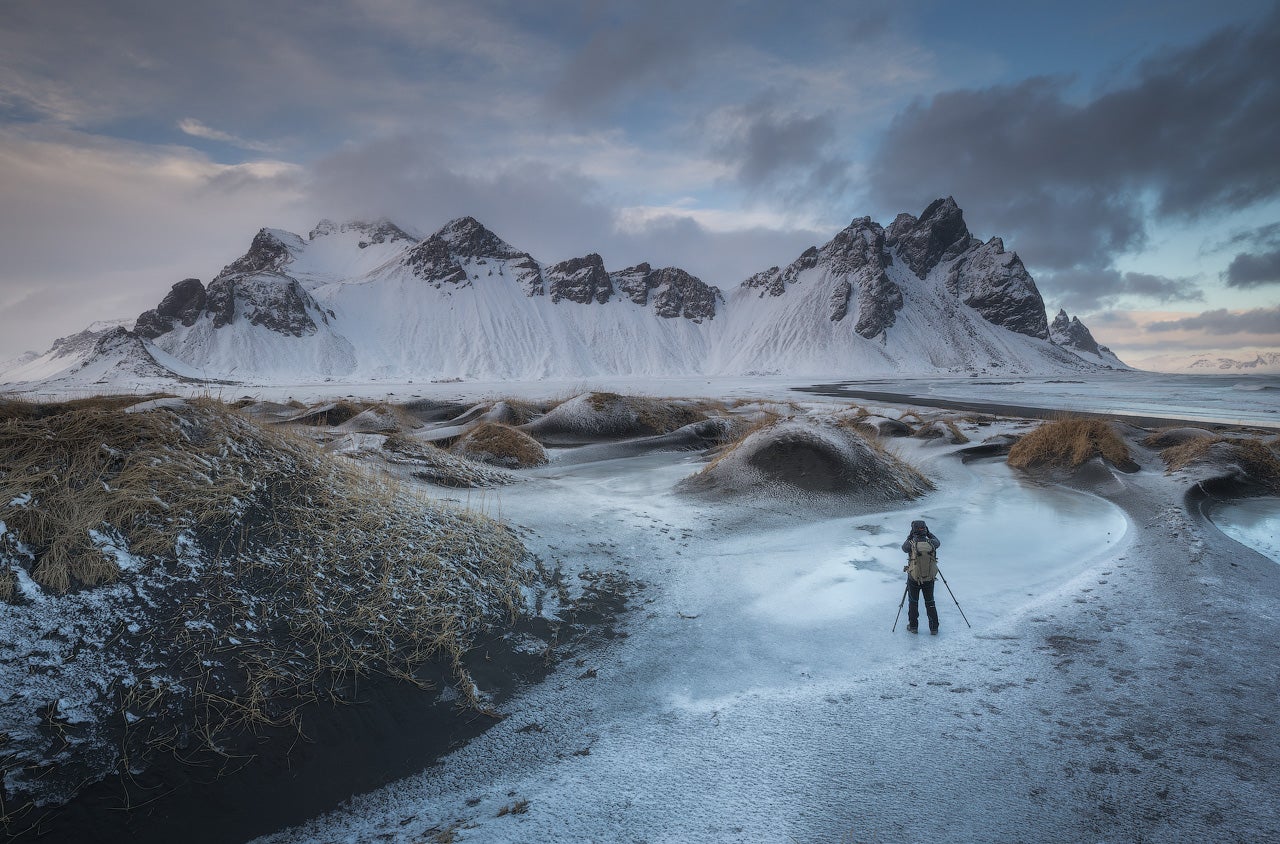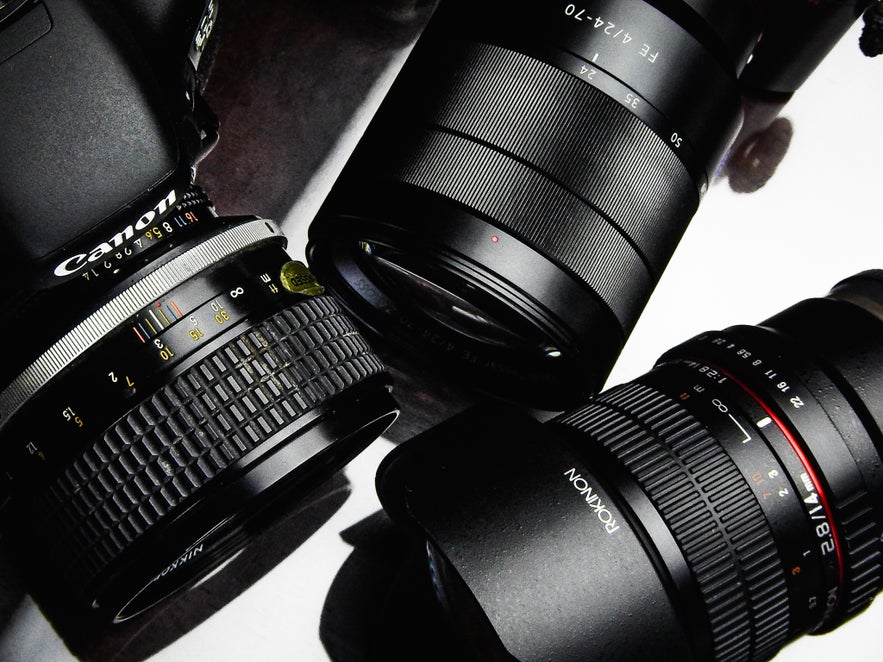
If you want to start a debate, then mention lenses. Yes, if there’s one thing that photographers both love and loathe to discuss, it is camera lenses. Which lenses we like, which we don’t and why you’re wrong in thinking that your lens is better than mine. Photographers would be nothing without the lenses their cameras use to see and I probably don’t have to tell you that as at this point in history, there are literally countless lenses floating around in the world.
- Learn How to Get Creative with a Fisheye Lens
- Check out this article on Understanding Lens Flare in Landscape Photography
- Find out all about Condensation in Camera | How to Defog Your Lens
I want you to forget all that. No, I really do. For all their glory, camera lenses are tools, and every tool has its purpose. Even the most brightly constructed lens with pristine optics and a blazing f/1.whatever can still be the wrong tool for a particular purpose. It’s difficult to compute for some but the strongest lens in the world is not the most expensive or the most sharp – rather, it's the one that you understand how to use to its fullest potential. Being completely proficient in how to use a camera lens is as much the duty of a photographer as knowing how to use your camera.
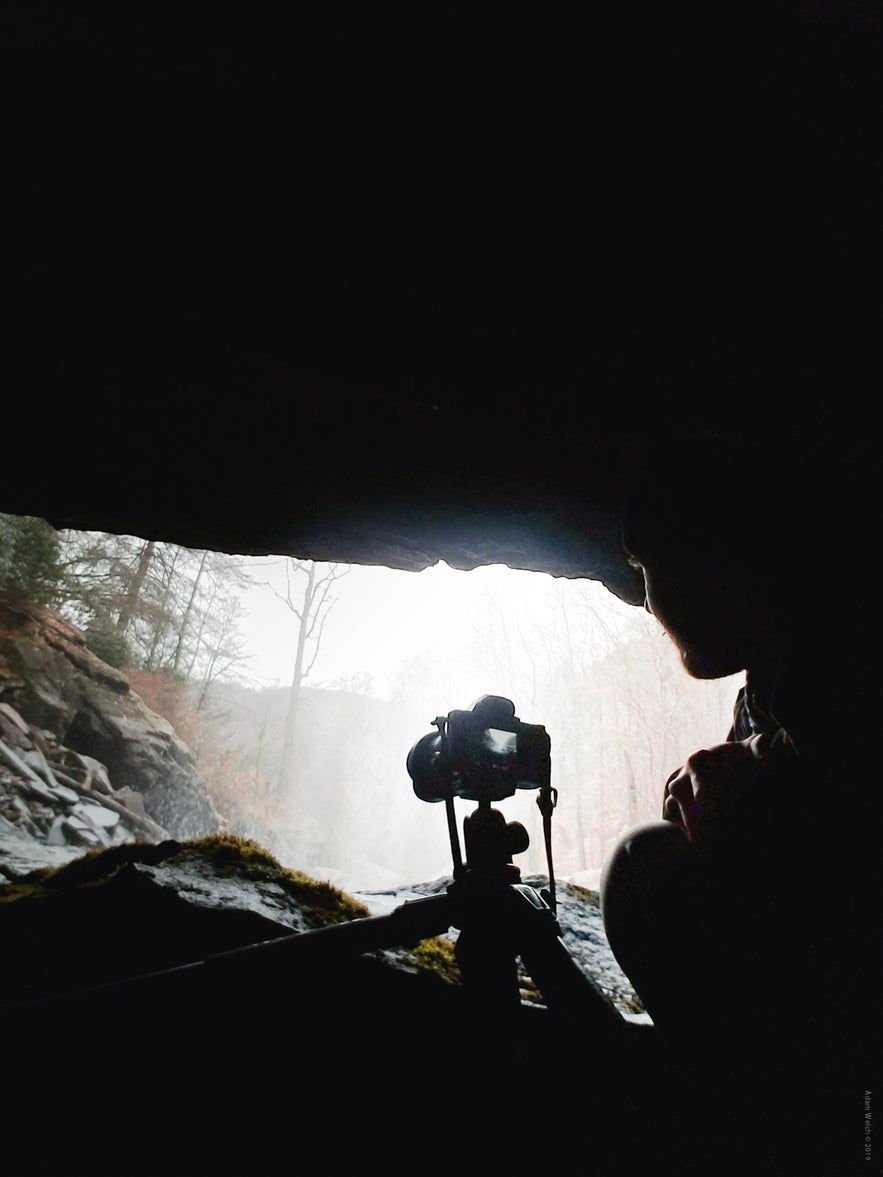 Understanding how focal length works will help you to channel your creativity into your photography. Photo by: 'Adam Welch'.
Understanding how focal length works will help you to channel your creativity into your photography. Photo by: 'Adam Welch'.
Today, we’re going to demonstrate how your understanding of how a camera lens functions can be extremely important when it comes to displaying your world in photographs. We’ll talk about the basics of camera lenses including lens types and focal length, as well as what genres of photography they might best suit. Perhaps most crucial of all, you will learn that lens selection is subject to the creative vision of the photo maker and not the other way around.
Understanding Focal Length
There can be a somewhat confusing misconception when it comes to understanding the focal length of your camera lens. Photographers might very well have themselves to blame for this but more on that in just a moment. You see, focal length has nothing to do with the physical length of a lens but instead is determined by how the lens focuses light in relation to the camera sensor.
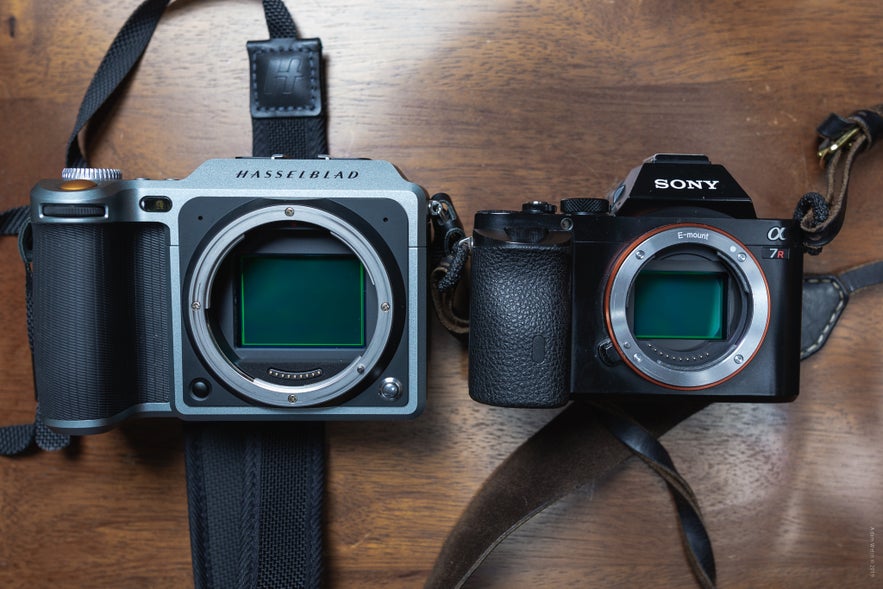 Focal length has nothing to do with the physical length of your lens. Photo by: 'Adam Welch'.
Focal length has nothing to do with the physical length of your lens. Photo by: 'Adam Welch'.
Usually measured in millimetres, focal length is a calculation of the distance between the converging rays of incoming light from the lens (focal point) and the sensor of your camera. It’s this distance which determines the focal length of the lens and incidentally, the “zoom” or field of view for a particular lens.
Prime and Zoom Lenses
As far as focal length is concerned, there are only two types of lenses: prime and zoom. The latter is a bit of a modern term. Zoom refers to a lens which is of variable focal length, meaning that you can change the field of view (and thus the magnification) of your lens. On the other hand, prime lenses have what is called a “fixed focal length”.
Prime Lenses
A lens which is prime is one that will always be fixed at whatever its prescribed optical focal length might be. This means that a 50mm prime lens will remain at 50mm on a full frame {35mm} sensor and it will not have any zoom capabilities.
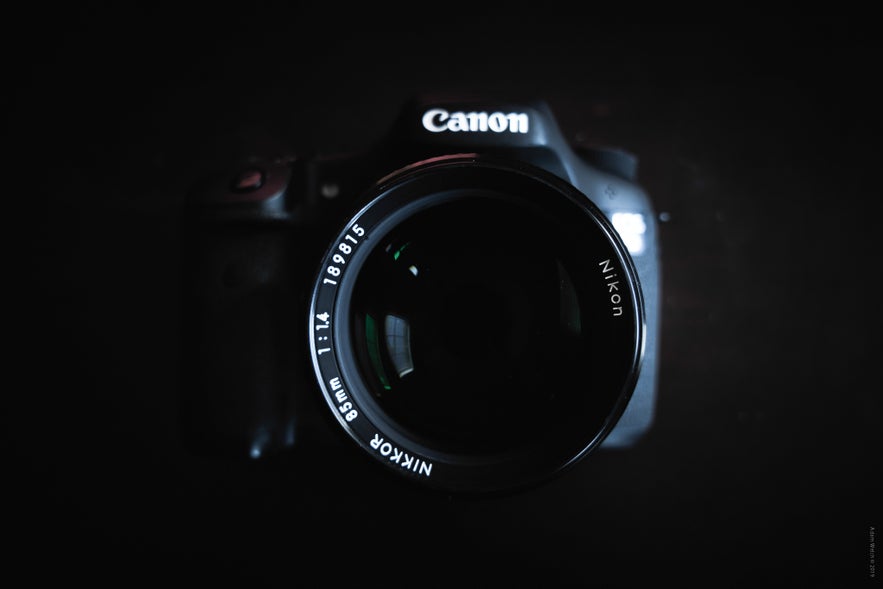 Prime lenses have a fixed focal length. Photo by: 'Adam Welch'.
Prime lenses have a fixed focal length. Photo by: 'Adam Welch'.
Prime lenses are widely regarded on average as being sharper and faster than many zoom lenses. Not only that but prime lenses tend to be generally more affordable than non-prime lenses. That being said, this quality margin is beginning to narrow more and more as camera lens technology evolves.
Zoom Lenses
Any non-prime variable focal length lens is a zoom lens. There was a time in history when zoom lenses were even referred to as “rubber lenses”, due to their focal length flexibility.
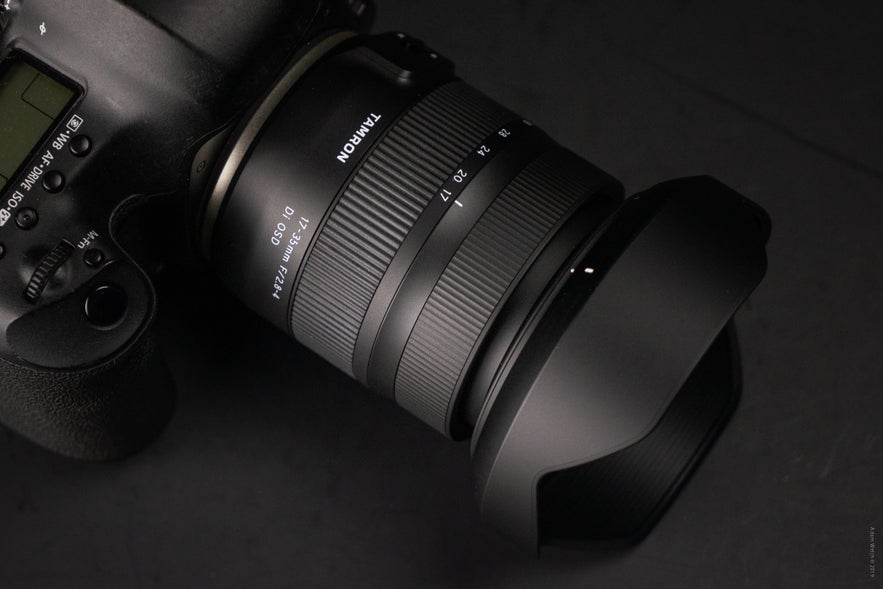 Zoom lenses have a variable focal length. Photo by: 'Adam Welch'.
Zoom lenses have a variable focal length. Photo by: 'Adam Welch'.
Zoom lenses have historically been more expensive and sport more optical concerns than primes, meaning that it is more difficult to manufacture a zoom lens which is sharp and speedy. The reason for this issue is due to the increased number of lens elements required to allow for focal length adjustment. As I mentioned before, our modern times have been host to many advances in lens manufacturing technology and there are many zoom lenses which produce excellent image quality while remaining relatively affordable for most photographers.
- See also: Best Lenses for Night Photography
Wide, Normal or Telephoto?
It will be tremendously helpful for you to begin thinking about the focal length of lenses more in terms of field of view rather than their focal length. As the focal length of a lens increases, its field of view actually decreases. This means that a 14mm lens will show more of the scene than would a lens of 85mm.
Generally speaking, there are three varieties of prime and zoom lenses which are separated based on focal length and hence provide larger or smaller fields of view. The focal length ranges we’re about to discuss will more or less give you an understanding of which types of lens falls into which broad category.
Wide Angle Lenses
A wide angle, as the name suggests, provide a sweeping field of view. Opinions vary, but this author considers any lens with a focal length of less than 35mm to be wide angle.
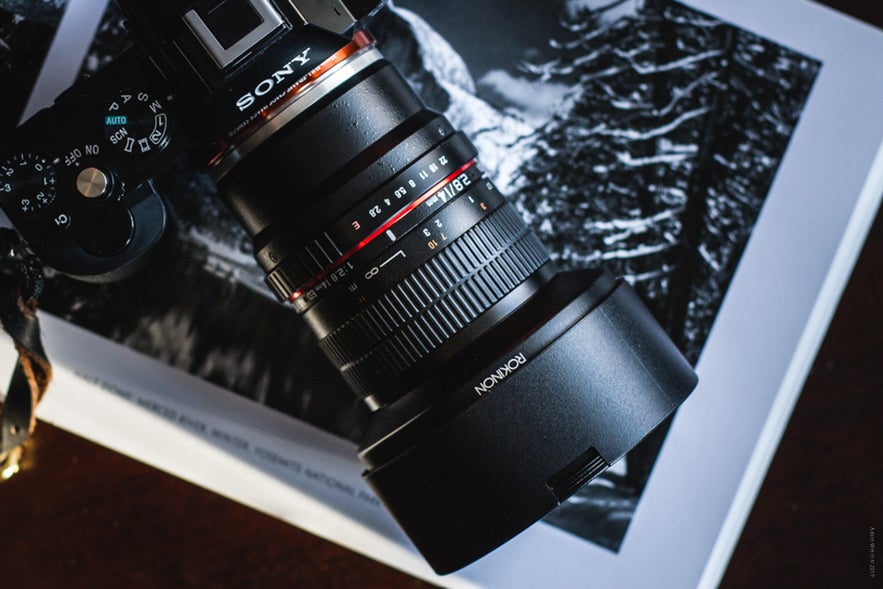 Wide angle lenses are great for capturing large, expansive scenes. Photo by: 'Adam Welch'.
Wide angle lenses are great for capturing large, expansive scenes. Photo by: 'Adam Welch'.
The nature of wide angle lenses makes them useful for when you want to include a large amount of information in your photo. Wide angle lenses come in handy especially when you need to capture a large scene from an up-close or confined space.
Normal Lenses
The “normal lens” is named as such because it provides a field of view which is approximate to that of the human eye. Consequently, it allows the camera sensor to see normally when compared to the human’s perception. Of course, this is just a broad generalisation but lenses in the 40mm-50mm range are considered to produce a “normal” field of view when mated with a 35mm sensor.
 Normal lenses are closer to how we see with the human eye. Photo by: 'Adam Welch'.
Normal lenses are closer to how we see with the human eye. Photo by: 'Adam Welch'.
It’s worth noting that this focal range is an arbitrary product of Oskar Barnack and perhaps more specifically the legendary Leica lens developer, Max Berek. The concept of the normal lens came about with the inception of the famed Leica 35mm film cameras which employed 50mm f/3.5 lenses.
Telephoto
The telephoto lens can at times be mislabeled in the photography world. Many, including myself, instantly picture massively barrelled zoom lenses whenever we hear the word 'telephoto'. While it’s certainly true that many of those giant lenses you see at sporting events and in the hands of wildlife photographers are certainly telephoto, not all telephoto lenses are enormous.
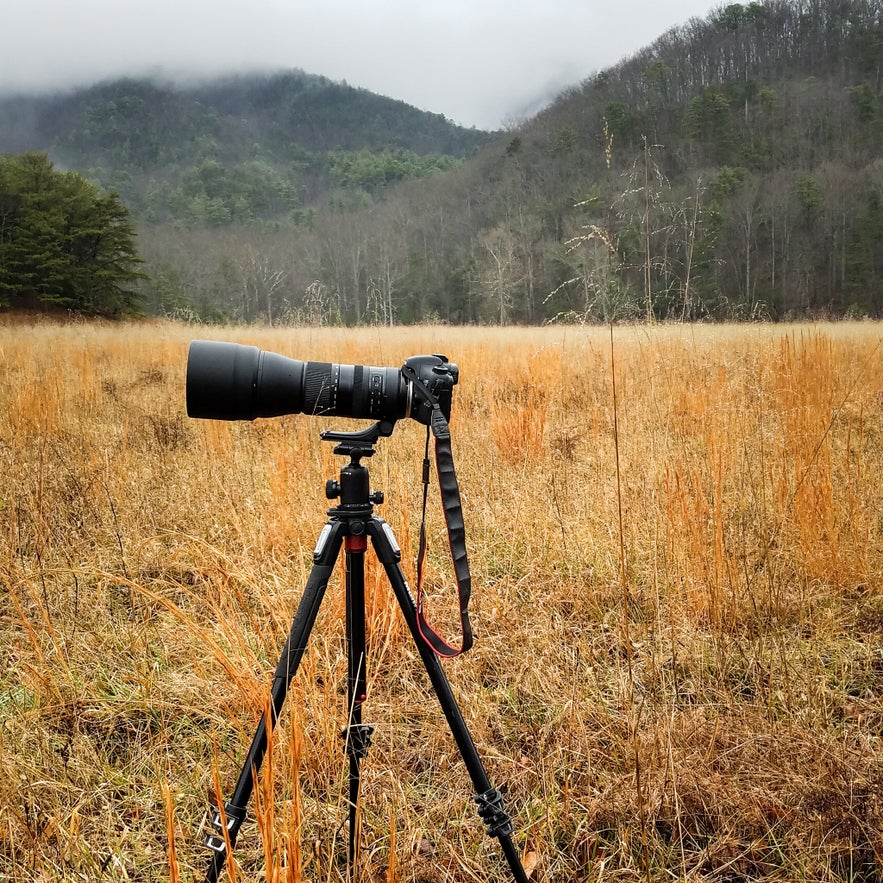 Telephoto lenses produce a narrow field of view. Photo by: 'Adam Welch'.
Telephoto lenses produce a narrow field of view. Photo by: 'Adam Welch'.
Simply put, any lens which produces a more narrow field of view than a “normal” lens would be thought of as a telephoto lens. So really, even a lens with a modest focal length of 85mm is technically telephoto just as much as a 400mm lens might be.
There are, of course, many subtle levels in between these three broad lens categories such as ultra-wide, super-telephoto and so on and so forth. That being said, as long as you remember that it’s all centred around decreased or increased field of view, you’ll be able to navigate the waters just fine.
- See also: The Best Lenses for Wildlife Photography
Long and Short Lenses
I mentioned before that we photographers might be at blame for essentially confusing ourselves a bit when it comes to focal length. The reason for this is that many photographers refer to lenses with longer focal lengths as “long lenses” and those with shorter focal lengths as “short lenses”. While I suppose this is not altogether wrong, it does cause a small amount of befuddlement because a lens with a focal length of 200mm is not physically 200mm long and the 50mm focal length lens is not physically 50mm long.
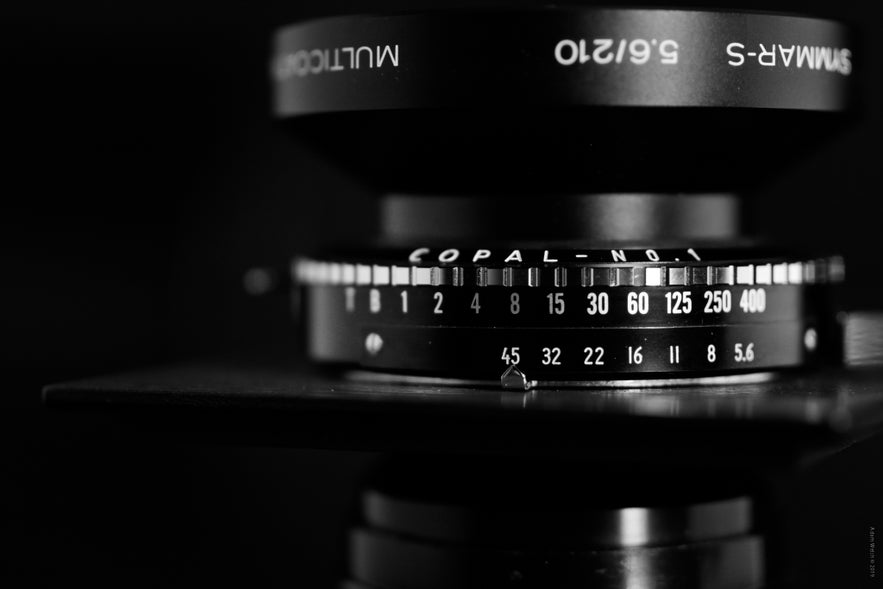 A 'long' lens is not necessarily larger than a 'short' lens. Photo by: 'Adam Welch'.
A 'long' lens is not necessarily larger than a 'short' lens. Photo by: 'Adam Welch'.
This means that a lens with a focal length of 85mm might be physically larger than say a lens of 100mm focal length, while the 85mm would technically be considered the “shorter” of the two focal lengths... but I digress.
Which Camera Lens Should I Use???
Photography is full of unpredictable situations. No matter what you find yourself shooting, the unexpected can happen and suddenly, you may find that you need to adapt yourself and your camera to the environment. Most times, this means switching out your lens to one of a more desirable focal length or speed.
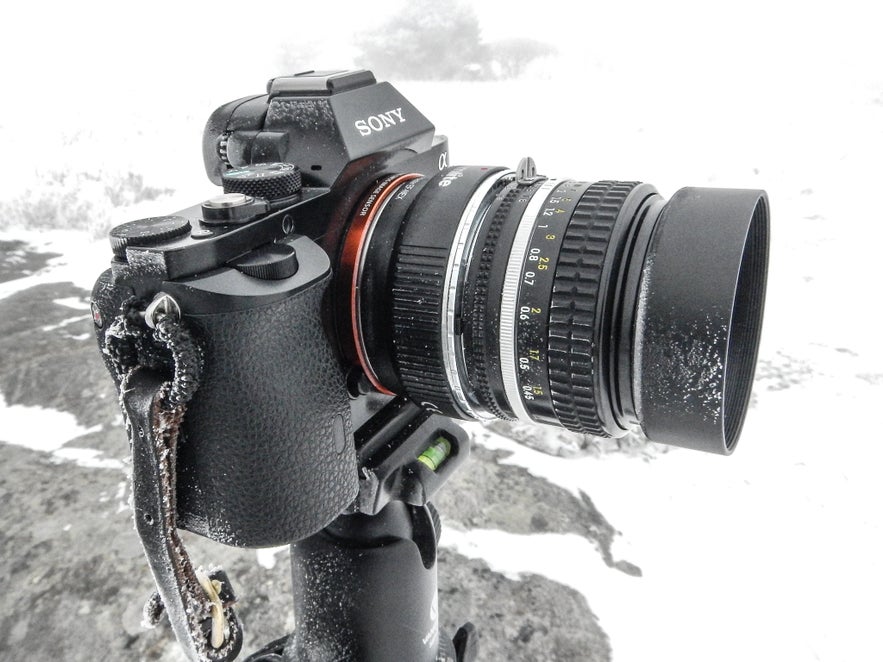 Your camera lens should suit the conditions in which you will be shooting. Photo by: 'Adam Welch'.
Your camera lens should suit the conditions in which you will be shooting. Photo by: 'Adam Welch'.
Nevertheless, there are certain lenses which lend themselves to be more useful than others given the situation. However, there is nothing that says you can’t use a lens for any particular situation, other than that the outcome might not be as desirable as you would prefer.
Here’s a breakdown of some common types of photography and some suggestions for which lenses might produce the best consistent results.
Portraits
Making strong portraits means that your photographs present the character of the person you’re photographing. This means isolating the subject from the background and displaying their features in a sharp, well-defined way.
In most cases, normal and telephoto lenses work best for portraits. The longer focal lengths reduce unflattering distortion and help to separate background and foreground elements from the subject. Lens speed is less of a concern when you’re shooting in the studio with artificial lights but for natural light portraits, apertures of f/2.8 or wider may be needed to keep shutter speeds manageable.
Travel
Travel photography is the ultimate when it comes to unpredictability. You’ll likely encounter many types of opportunities for making photographs ranging from landscapes to up close portraiture and still life. Being ready for all of this while maintaining full mobility can be a challenge.
It is a good idea to use a mid-range telephoto lens when travelling. A 24-70mm f/2.8 is the go-to lens for my travel work when baggage is an issue or I simply want to travel light. If possible, a fast normal prime lens is also a great tool to keep with you while traveling because of its relative small size and low-light capabilities.
- See also: Travel Photography Explained
Street
Like travel photography, a reasonably fast mid-range telephoto or fast normal prime lens will likely serve you best on the street. You’ll want to stay inconspicuous and be able to move freely, so a small lens will always work best.
Landscapes
I hesitate to say it but almost any focal length lens can be used as a landscape lens, depending on the situation. Many new landscape shooters feel as though a landscape can only be made using a wide angle lens, though this is not the case. In fact, focal length is less important than the quality of the lens glass when it comes to landscapes.
If you’re a landscape shooter, it’s best to go for the sharpest, most qualitative lens you can afford. Lens speed is less of an issue since you’ll likely be shooting from a tripod. While primes work extremely well, remember that you will have to “zoom with your feet” should you opt to not carry a zoom lens for landscapes.
Wedding
A good wide angle lens along with a telephoto lens are the mainstays of every wedding photographer. Oftentimes, you will need at least 24mm to cover the full scope of the ceremony and reception, as well as a 50mm lens (bare minimum) for portraits and closeups. You’ll be shooting both individuals and groups, often in low-light, so be ready with the fastest lenses that you can afford.
- See also: Ultimate Guide to Wedding Photography
Sports and Wildlife
These two genres share common needs: long distance shooting and fast moving subjects.
You’ll want a telephoto that allows you to keep your distance while being able to reach out and touch your subject with the camera. In most cases, a 70-200mm telephoto zoom is the minimum focal length needed for most applications.
Everyday Shots
Simply put, you can’t go wrong with a 50mm prime lens for general shooting. For most camera manufacturers, you can pick up a 50mm f/1.8 lens for very little money. This focal length is great for unexpected scenarios and the cost effectiveness makes this type of lens very attractive for casual shooters. For those who love taking photos of their dinner plates at restaurants (often dimly lit), the fast aperture will be a must.
Insects and Flowers
For photographing insects or flowers, it’s a good idea to find a lens that can get you close to your subject and by close, I mean really close. While you don’t expressly need a true macro lens (lenses that magnify 1:1 or greater), you will need to look for lenses which can focus closely and have excellent sharpness. Until you know if you want to venture into true macro photography, an “all in one” telephoto zoom lens with a focal length in the 85mm to 200mm range will work well.
In Conclusion…
The lessons and recommendations in this article are meant to give you a solid foundation of knowledge so you can begin to learn which lenses you might need for photography and why. It’s not difficult to see how important your camera lens is to your work. Most likely, you already know that your lens is the “eye” of your camera. If there is one thing I can recommend if you’re just starting out in photography, it is to invest in your glass before your camera. We’ve seen quite a few cameras lens types explained but the amount of lenses out there make it virtually impossible to list them all. Luckily for us, the basic concepts and optical principles of focal length, aperture and field of view apply to virtually all lenses, both old and new.
About the author: Adam Welch is an adventurer, photographer and author based in the USA. You can find more of his work on his website or by following him on Facebook and YouTube.
Do you have a favourite lens that you like to use? Which is your go-to focal length for the type of photography that you do? Leave a comment below!


